Filter by
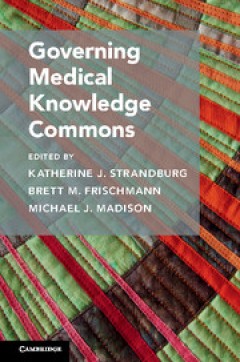
Governing Medical Knowledge Commons
Governing Medical Knowledge Commons makes three claims: first, evidence matters to innovation policymaking; second, evidence shows that self-governing knowledge commons support effective innovation without prioritizing traditional intellectual property rights; and third, knowledge commons can succeed in the critical fields of medicine and health.
- Edition
- -
- ISBN/ISSN
- 9781316544587
- Collation
- -
- Series Title
- -
- Call Number
- 610.285 STR g
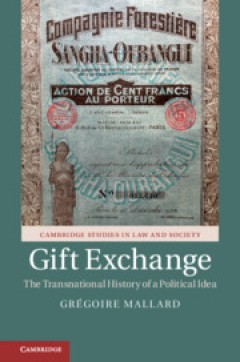
Gift Exchange The Transnational History of a Political Idea
Since Marcel Mauss published his foundational essay The Gift in 1925, many anthropologists and specialists of international relations have seen in the exchange of gifts, debts, loans, concessions, or reparations the sources of international solidarity and international law.
- Edition
- -
- ISBN/ISSN
- 9781108570497
- Collation
- -
- Series Title
- -
- Call Number
- 341.33 MAL g
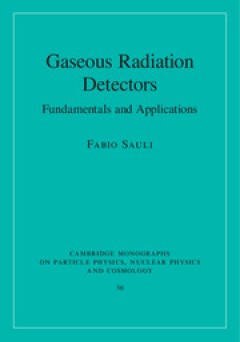
Gaseous Radiation Detectors: Fundamentals and Applications
Widely used in high-energy and particle physics, gaseous radiation detectors are undergoing continuous development. The first part of this book provides a solid background for understanding the basic processes leading to the detection and tracking of charged particles, photons, and neutrons.
- Edition
- -
- ISBN/ISSN
- 9781009291200
- Collation
- -
- Series Title
- -
- Call Number
- 539.7 SAU f
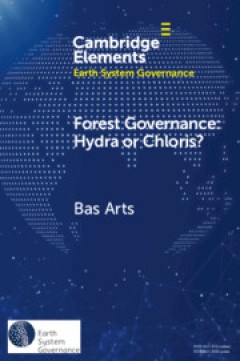
Forest Governance: Hydra or Chloris?
Many forest-related problems are considered relevant today. One might think of deforestation, illegal logging and biodiversity loss. Yet, many governance initiatives have been initiated to work on their solutions.
- Edition
- -
- ISBN/ISSN
- 9781108863551
- Collation
- -
- Series Title
- -
- Call Number
- 634.92 ART f
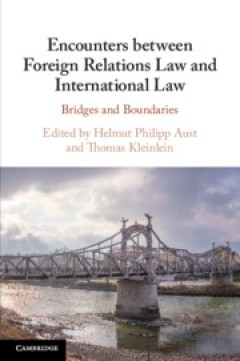
Encounters between Foreign Relations Law and International Law: Bridges and B…
Foreign relations law and public international law are two closely related academic fields that tend to speak past each other. As this innovative volume shows, the two are closely interrelated and depend on each other for their mutual construction and identity.
- Edition
- -
- ISBN/ISSN
- 9781108942713
- Collation
- -
- Series Title
- -
- Call Number
- 341 AUS e

Encounters between Foreign Relations Law and International Law: Bridges and B…
Foreign relations law and public international law are two closely related academic fields that tend to speak past each other. As this innovative volume shows, the two are closely interrelated and depend on each other for their mutual construction and identity.
- Edition
- -
- ISBN/ISSN
- 9781108942713
- Collation
- -
- Series Title
- -
- Call Number
- 341 AUS e
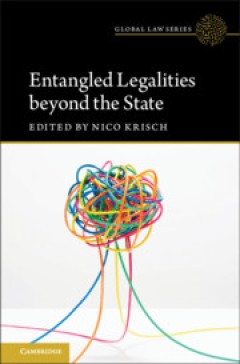
Entangled Legalities Beyond the State
Law is usually understood as an orderly, coherent system, but this volume shows that it is often better understood as an entangled web. Bringing together eminent contributors from law, political science, sociology, anthropology, history and political theory, it also suggests that entanglement has been characteristic of law for much of its history.
- Edition
- -
- ISBN/ISSN
- 9781108914642
- Collation
- -
- Series Title
- -
- Call Number
- 340.9 KRI e
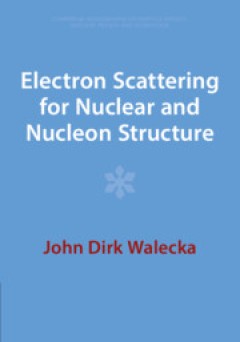
Electron Scattering for Nuclear and Nucleon Structure
The scattering of high-energy electrons from nuclear and nucleon targets provides a microscope for examining the structure of these tiny objects. The best evidence we have on what nuclei and nucleons actually look like comes from electron scattering.
- Edition
- -
- ISBN/ISSN
- 9781009290616
- Collation
- -
- Series Title
- -
- Call Number
- 539.7 WAL e
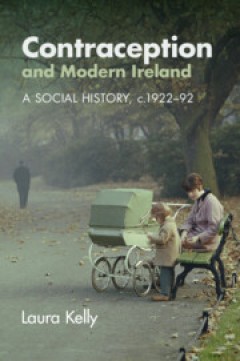
Contraception and Modern Ireland: A Social History, c. 1922-92
Contraception was the subject of intense controversy in twentieth-century Ireland. Banned in 1935 and stigmatised by the Catholic Church, it was the focus of some of the most polarised debates before and after its legalisation in 1979. This is the first comprehensive, dedicated history of contraception in Ireland from the establishment of the Irish Free State in 1922 to the 1990s.
- Edition
- -
- ISBN/ISSN
- 9781108979740
- Collation
- -
- Series Title
- -
- Call Number
- 363.9609417 KEL c

Constituting Religion: Islam, Liberal Rights, and the Malaysian State
Most Muslim-majority countries have legal systems that enshrine both Islam and liberal rights. While not necessarily at odds, these dual commitments nonetheless provide legal and symbolic resources for activists to advance contending visions for their states and societies
- Edition
- -
- ISBN/ISSN
- 9781108539296
- Collation
- -
- Series Title
- -
- Call Number
- 342.59508 MOU c
 Computer Science, Information & General Works
Computer Science, Information & General Works  Philosophy & Psychology
Philosophy & Psychology  Religion
Religion  Social Sciences
Social Sciences  Language
Language  Pure Science
Pure Science  Applied Sciences
Applied Sciences  Art & Recreation
Art & Recreation  Literature
Literature  History & Geography
History & Geography